2 June
lecture series
AROUND CULTURAL HERITAGE IN THE BALLE OF BAZTAN
St. James in Navarre. Images and devotion. A view from Baztan
Ms. Carmen Jusué Simonena
UNED Pamplona
The celebration of a new Jacobean Year, as was the year 2010, aroused interest, even more if possible, on various aspects related to the figure of St. James, given that the history of pilgrimages to the tomb of the Apostle has been shaping, over the centuries, a very rich bequestalong all the routes leading to it, which unequivocally express the devotion to the saint. In this context, the Way of St. James came to represent, from the confines of Italy, Germania or Scandinavia to the Galician Finisterre, the most spectacular sign of physical and spiritual concurrence of individuals and crowds. A route of devotion, the Jacobean pilgrimage route was undoubtedly the European road par excellence.
Jacobean research or works have been largely oriented towards everything that makes reference letterthe Way of St. James in all its routes, the various villages or regions through which it passes, the artistic manifestations, hospitality, worship, legends, brotherhoods, articulation of space and so many ways of worship referring to St. James whose bibliographyis really extensive. For this reason, a vision is offered from the Baztan Way, which has been recovered in recent years thanks to the efforts of the associationof Friends of the Urdax-Urdazubi Way, Baztan, created in 2000 with great commitment to its dissemination and recovery.
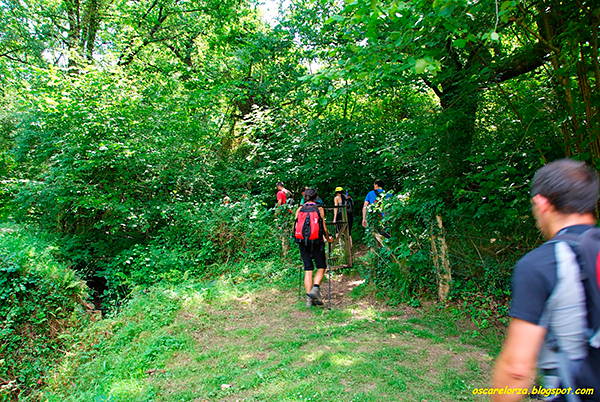
Photo 1. Pilgrims on the Baztan Route
(Photo: oscarelorza.blogspot.com)
"Four are the routes that lead to Santiago and that in Puente la Reina, in Spain, converge into a single one". With this singular and clear geography summarybegins the guideof pilgrims by Aimerico Picaud, author of the Liber peregrinationis or guideof the pilgrimage that makes up the fifth book of the Liber Sancti Jacobi or Codex Calixtinus, a manuscript produced in the 12th century, and in such a brief text we can already sense the nuclear function of Navarre as a crossroads of the pilgrim routes in Europe, because Navarre is not just a passing place, not even a stop on the Way, given that as the western gateway to the Peninsula it is a plane of meetingof the great Jacobean arteries, one of them being the Way of Baztán.
The Camino del Baztán, also called Camino Baztanés, Camino de Santiago de Baztán or Camino de Santiago de Urdax-Baztán; is one of the oldest Jacobean routes that exist and linked Bayonne in France with Trinidad de Arre on the French Way through the Atlantic Pyrenees, being this passage easier than those of Roncesvalles and Somport, so it was chosen by many pilgrims.
It was a very busy route in the Middle Ages averagefor pilgrims and merchants, and there are remains of the Pilgrim's Way at several points, such as the Monastery of San Salvador de Urdax, which was used as a hospital from the 12th century; the Monastery of Belate, the church of Santiago in Elizondo or the Shrine of Our Lady of Fair Lovede Santiago de Azpilkueta; and villages on the edge of the Pilgrim's Way such as Amaiur. For pilgrims coming from the north of Europe and going down the Soulac Way, it was a way of linking it with the French Way. Pilgrims coming from the Way of Tours could turn off at Bayonne and continue along the Baztan Way in the town of Onesse.
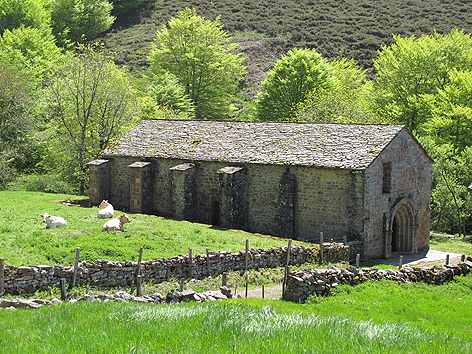
Photo 2. Monastery of Belate, place of refuge at the top of the pass
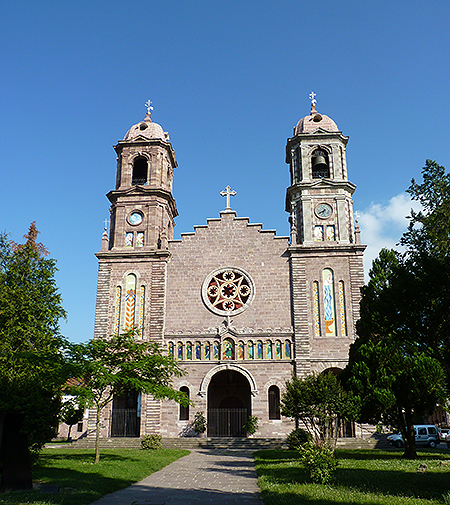
Photo 3. Parish church of Santiago in Elizondo
Forgotten for decades, the associationde Amigos del Camino de Santiago de Urdax-Baztán is currently trying to recover and promote this ancient Pilgrim's Way to Santiago de Urdax-Baztán.
The Baztanes Way is 109 kilometres long, 34 of which run through France and 75 through Navarre, and is perfectly signposted and has a good networkof hostels and Gitês. It is an extraordinarily beautiful Way that runs in France through the Aquitaine region, in the departmentof the Atlantic Pyrenees; in Spain it runs through the area of the Baztan Valley, as well as the Odieta Valley, Olaibar and Ezcabarte, all of them landscapes of breathtaking beauty. The Baztan Way chooses to cross the Pyrenees via the Otsondo pass, which is lower in altitude than the Ibañeta and Somport passes, as the Pyrenees gradually slope down to the sea in this area.
The signposting in Spain is, as in the rest of the Caminos de Santiago, yellow arrows. In France, there are various types of signposting: information signs on the Voie du Baztán, wooden posts with yellow signs on which, apart from the name of the route, the distance to the next villages is indicated, vertical panels, stickers, almost always with the scallop in blue on a yellow background. partnershipIn Navarre, the associationin Urdax-Baztán, in addition to signposting with the typical yellow arrows, has over the years benefited from the disinterested help of craftsmen who have carved different Jacobean motifs in stone to signpost and decorate the route. There has also been a great success in the layout of the pathway, which avoids the transit of roads and is reminiscent of another Jacobean route such as the Primitive Way. In addition to these tasks, there are the more laborious tasks of clearing and maintenance of the Way, recovery of old roads, restoration of bridges and hermitages and other heritage attached to the route.
Along this route, there is also an important body of evidence of the figure and invocation of St. James that shows his ancient presence in these lands. Hermitages, parish churches, images of the saint in his iconography of apostle-pilgrim or knight that speak eloquently of the presence of the Apostle in these lands.
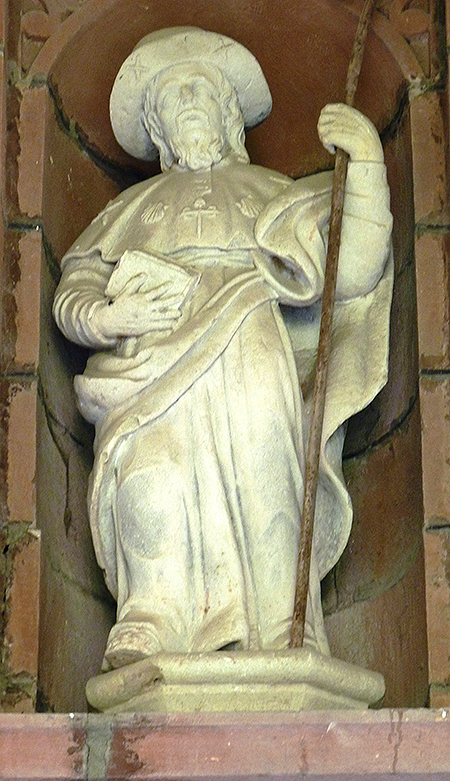
Photo 4. St James the apostle and pilgrim in the church of Elizondo
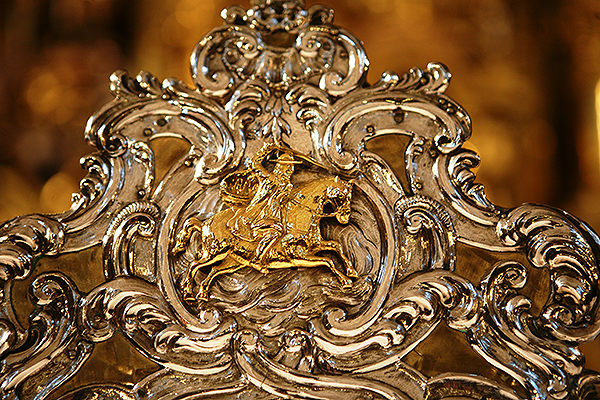
Photo 5. Santiago Caballero in a sacra of the church of Elizondo.
